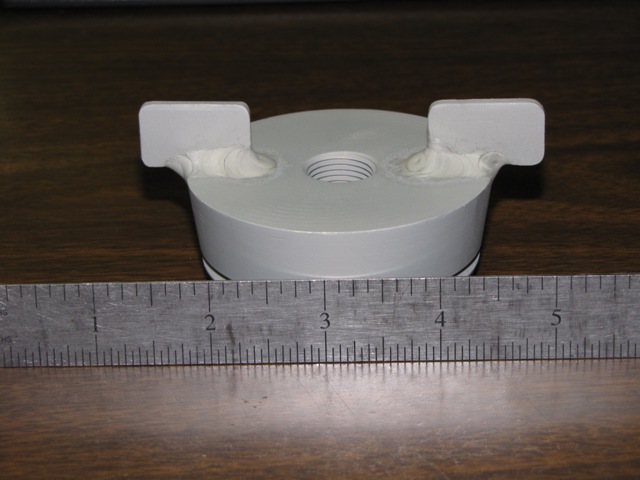I'm going to go with Liquation cracking in the partially melted zone (PMZ)
The Eutectic near the weld toe (PMZ) gets mushy and when it quickly cools bad things can happen.
Here is support. (Abstract found by our mettalurgy instructor)
http://files.aws.org/conferences/abstracts/2003/04b.pdfThis does not supply a solution.... other than a switch to 4043
Don't know if it helps.. .but it's interesting
Edit
Here is a real good powerpoint that has an image that looks alot like what we see above... Look at Page 6
http://www.sut.ac.th/Engineering/Metal/pdf/MetJoint/04_Weld%20microstructure02.pdfAnd a bit more from TWI
http://www.twi.co.uk/content/jk21.htmlLiquation cracking
Liquation cracking occurs in the HAZ, when low melting point films are formed at the grain boundaries. These cannot withstand the contraction stresses generated when the weld metal solidifies and cools. Heat treatable alloys, particularly 6xxx and 7xxx series alloys, are more susceptible to this type of cracking.
The risk can be reduced by using a filler metal with a lower melting temperature than the parent metal, for example the 6xxx series alloys are welded with a 4xxx filler metal. However, 4xxx filler metal should not be used to weld high magnesium alloys (such as 5083) as excessive magnesium-silicide may form at the fusion boundary decreasing


